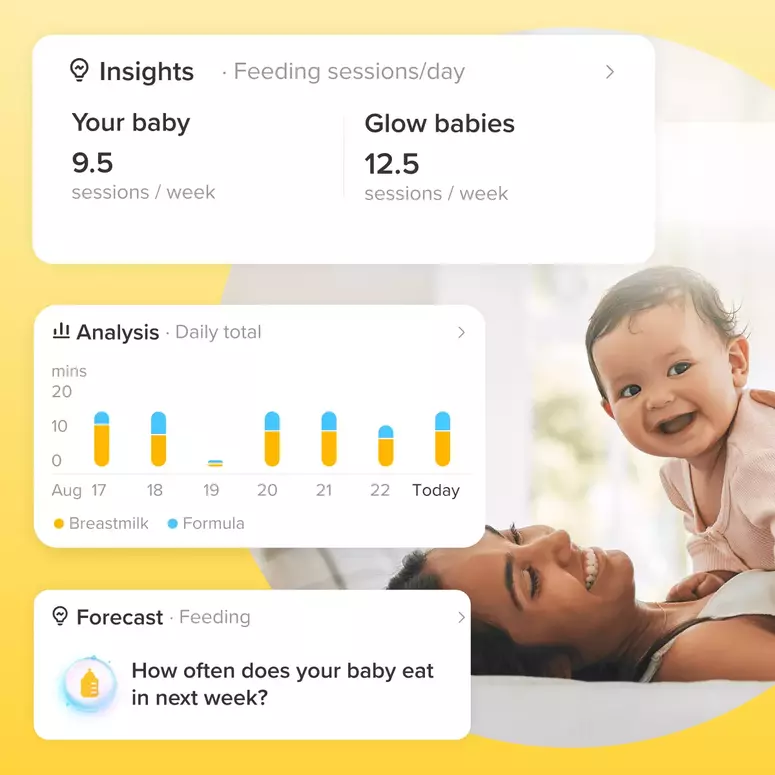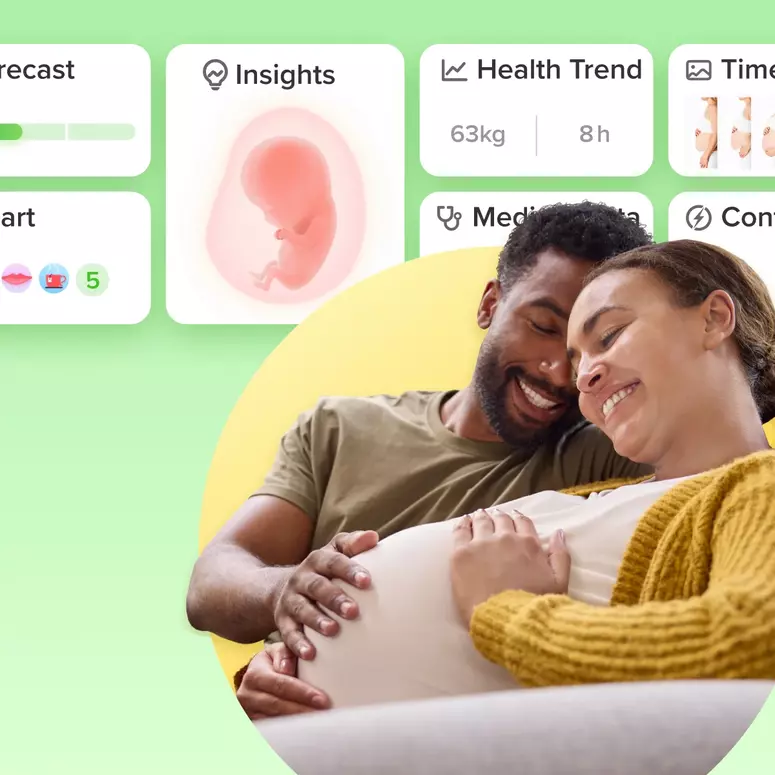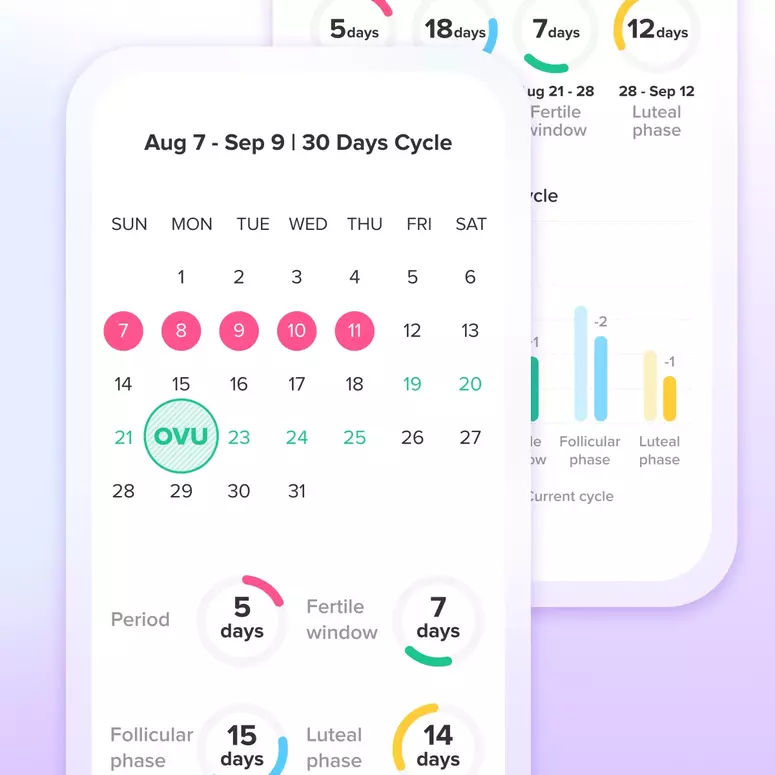Spotting throughout your cycle, when should you worry?
I was asked to add information about this. Sorry, I forgot about it!
You wake up one morning and realize you are bleeding. Your last menstrual period just ended a week ago, and you aren’t due to start again until next month. Why are you seeing blood now? This unexpected bleeding is considered mid-cycle spotting, or abnormal uterine bleeding. When experienced outside of your normal menstrual period, mid-cycle spotting can often be frightening. It brings up a range of emotions and questions you likely don’t know how to answer. Am I pregnant? Do I have a hormone imbalance? What is wrong with my body?
Causes Of Mid-Cycle Spotting
Abnormalities of the Cervix
Though rare, conditions of the cervix such as HPV or cervical fibroids may cause some slight bleeding mid-cycle. If the mid-cycle bleeding is accompanied by pain in the cervical region, it would be best to have your gynecologist check this out. Very rarely, abnormalities of the cervix may be cancerous.
Endometriosis
Some, but not all women with endometriosis report mid-cycle spotting. It is speculated that a disruption with hormone signaling may be the culprit. Excess endometrial tissue under the influence of hormones may be given disrupted signals, leading to breakthrough bleeding.
Implantation Bleeding
Implantation bleeding can be the most confusing of all, particularly for women currently trying to conceive. The hope is that the spotting they are experiencing is a sign of pregnancy, and not simply another period.
Up to 1/3 of women who conceive will experience implantation bleeding. This occurs at about 6 to 12 days post-conception. The scant discharge, tinted a light pink to brown, is the result of the trophoblast (tissue that forms around the fertilized egg) implanting itself in the uterine lining. The implantation may damage some of the blood vessels in the uterus, which may cause slight bleeding. Because the bleeding can come as late as 12 days post-ovulation, many women mistake this bleeding for menstruation. Implantation bleeding is typically light and lasts anywhere from a one time occurrence, to very light bleeding over the course of two days, at most. It doesn’t become heavier like menstruation bleeding does.
If you think you may be pregnant, you can begin to test for early pregnancy with an at-home early pregnancy test at 10-16 days past ovulation.
Herbs That Have an Action on the Hormone System
When first introducing herbs that have an action on the hormonal system, some women may experience mid-cycle spotting. Many herbs we use to support reproductive health, have an action on the hormonal system, which is why they are so effective at aiding the body in correcting hormonal imbalances. The change to hormone signaling due to the introduction of herbs, may cause temporary mid-cycle spotting. This should only occur for the first couple cycles of use; as the body adjusts to the action of the herbs being taken.
Hormone Balance Disruption
There is a delicate orchestra of hormones within each woman’s body that works to keep the menstrual cycle regulated. This is known as the hypothalamic-pituitary-ovarian (HPO) axis. Any type of disruption in this system may trigger mid-cycle spotting.
There are many reproductive health issues associated with HPO axis disruption, including, but not limited to, endometriosis, PCOS, thyroid disorders, LPD, uterine fibroids and ovarian cysts.
Ovarian Cyst Rupture
If you experience a sharp pain on either side of your lower abdomen, followed by slight bleeding around the time ovulation should occur in your cycle, it may be a ruptured ovarian cyst. Ovarian cysts are a sign of disrupted ovulation, which may cause difficulties in achieving pregnancy.
Continued on a comment...
Let's Glow!
Achieve your health goals from period to parenting.




